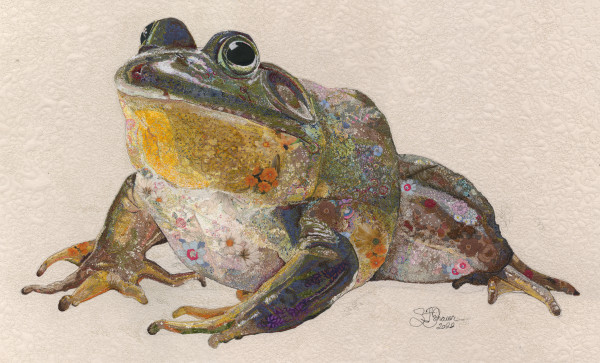Belted kingfishers get their common name from the band or “belt” that is present on their breast and on the female’s belly. Their scientific name is Megaceryle alcyon. The latin alcyon comes from the ancient Greek Ἀλκυόνη (Alkuone). In Greek mythology, Alycone was the daughter of the wind god Aeolus. Alcyone dove into the ocean in grief after her husband died in a shipwreck. The gods then took pity on the couple, turning them into a pair of kingfishers that continued to dive together into the oceans, rivers, and lakes of the world. Alcyone’s father Aeolus calmed the winds each year during their nesting period (the origin of the phrase “halcyon days”).
Belted Kingfishers have two fused toes. Most birds have three forward-facing toes and one backward. The position of the toes helps scientists distinguish this order of birds from others. Most Kingfishers and their relatives are beautifully colored birds. The Kingfisher’s nesting patterns are rather unique. The male and female birds take turns excavating a 3 to 6-foot tunnel in a soft, stream bank. The horizontal tunnel is dug angled upward and the bird builds a “room” at the end for nesting. The upward direction helps mitigate flooding. Finding the right nesting conditions can be challenging.
The Belted-Kingfisher is the only type of bird like it in most of the United States and Canada.
Kingfishers have ancient relatives. Kingfisher fossils have been found that date to 2 million years ago.
The order of birds they belong to, the Coraciiforme, is even older. There are fossils that date to 35 million years ago!












